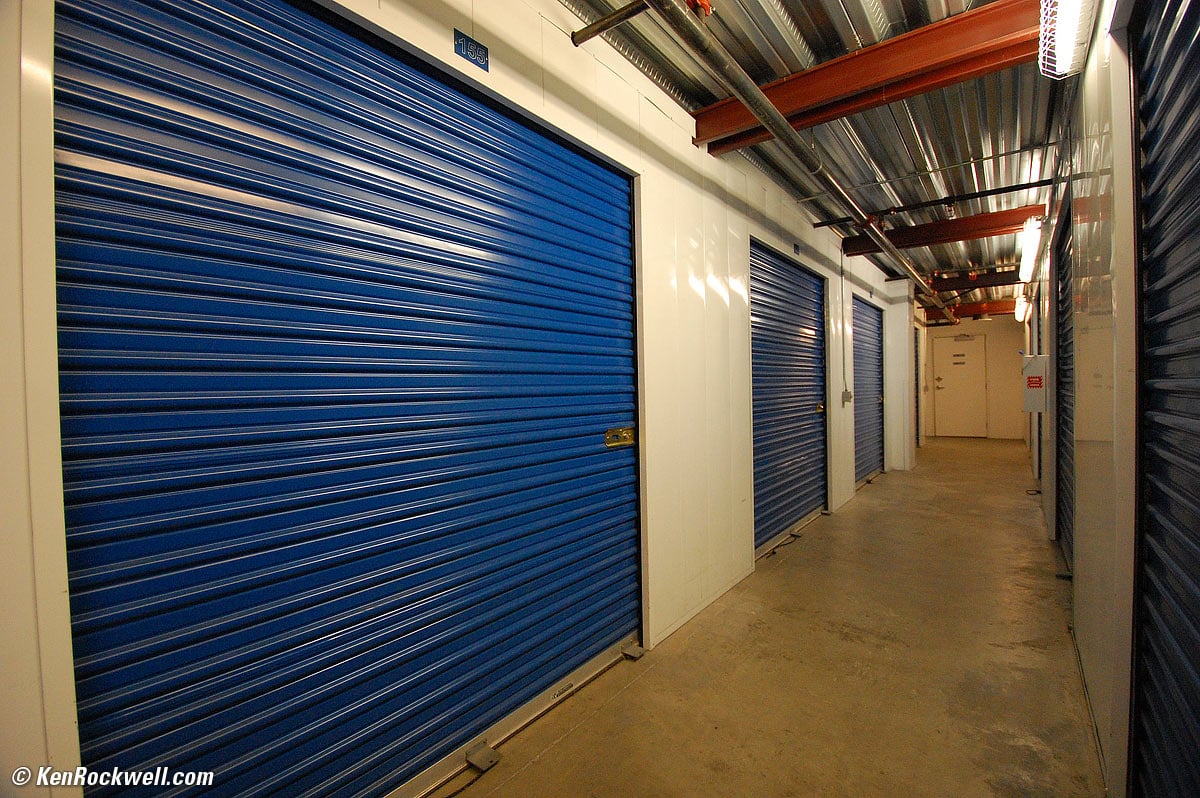you get what you pay for the optical quality is going to be be rubbish.
from photo.net
Fisheye lenses aren't "fully corrected," and, as a consequence, straight lines that don't pass through the optical center of the lens end up being distorted into a curve (barrel style). In the extreme, a fisheye lens can give a full circular view, encompassing the full field in front of the lens. In less extreme examples, like Canon's EOS EF 15mm fisheye, a full circular view is not achieved.
If you compare the frame you get with the 15mm EOS EF fisheye and the frame you get with the 14mm EOS EF L series "more or less fully corrected" wide angle, you can see some significant differences. The apparant differences are dependent on the subject, and how well you maintain the film plane parallel to the subject plane.
You can get what seem to be fisheye like effects out of the EOS EF 17-35 L series zoom, and it is attributed to gross barrel distortion at 17mm - but actually, when you use this lens, you eventually figure out that if you are careful to allign the film plane so that it is really parallel to the subject plane, the barrel distortion can be barely perceptable with many subjects. I know that's not what you asked, but it is probably the reason why so many working pros like the 17-35L, while so many magazine lens test jockies "turn up their eyebrows at the high barrel distortion test results."
Cheers.
couple of examples;
this is from my nikkor 10.5mm fish eye
 Berliner Mauer
Berliner Mauer by
The Ridg, on Flickr
this is also from my 10.5 fish eye, but the distortion has been corrected (losing some of the edge)
 From the top
From the top by
The Ridg, on Flickr
this is from the Nikkor 10-24mm (not mine)

note the distortion on the door
corrected

I'd recommend the 10.5mm fish eye, it's not as versatile as a wide angle, but somestuff you can't do with a wide angle that you can with a fish eye, so depends what you want.
hope this helps